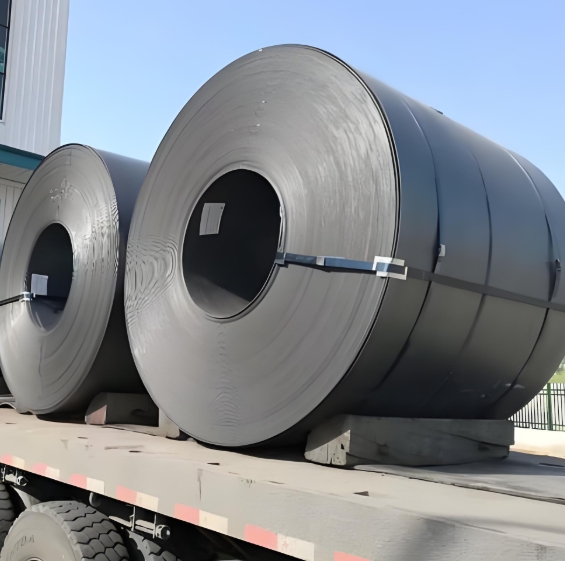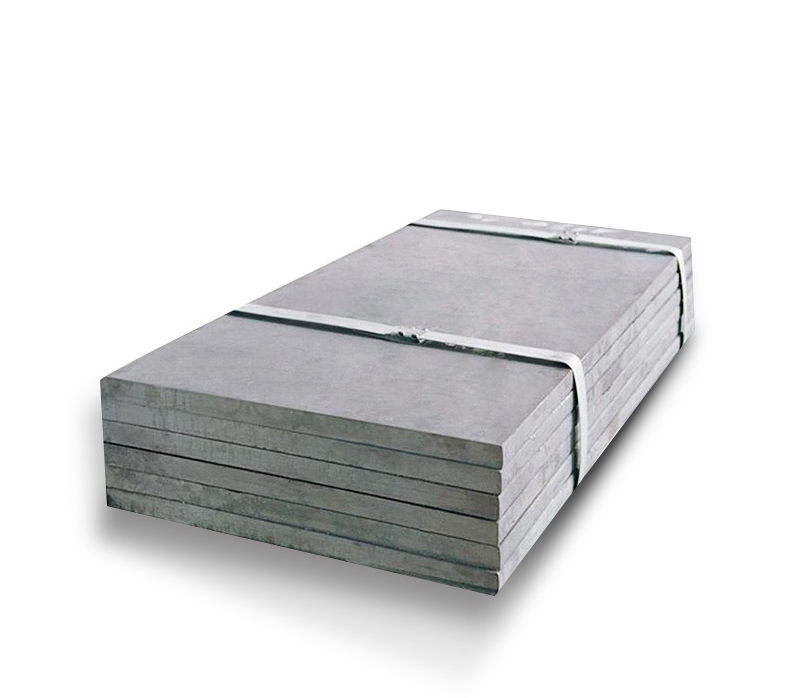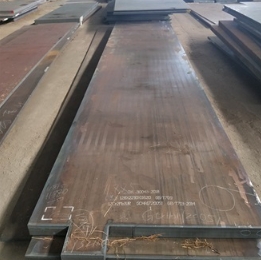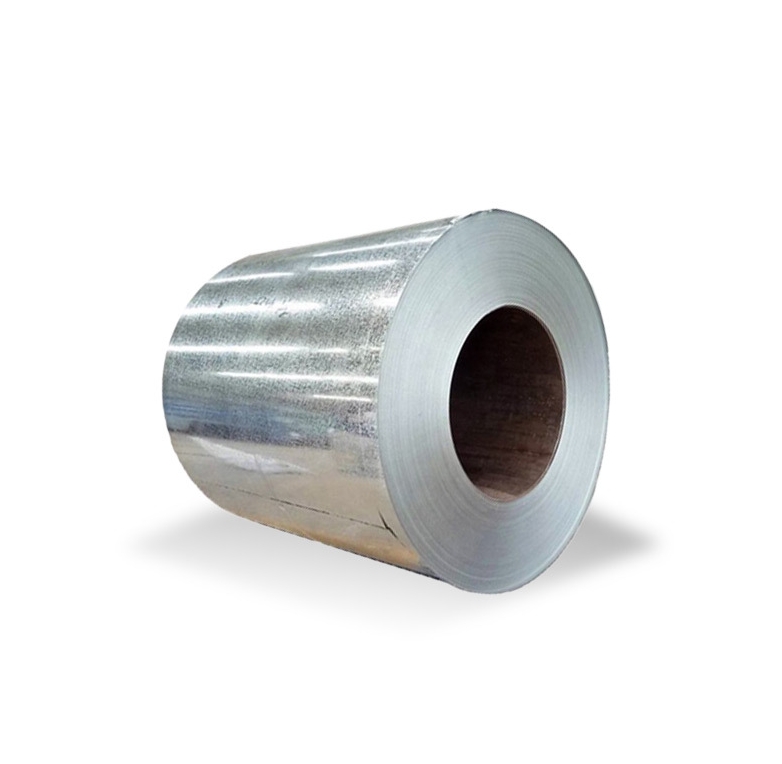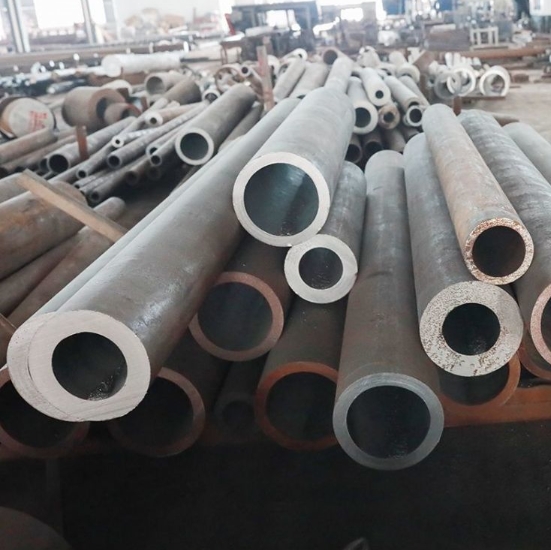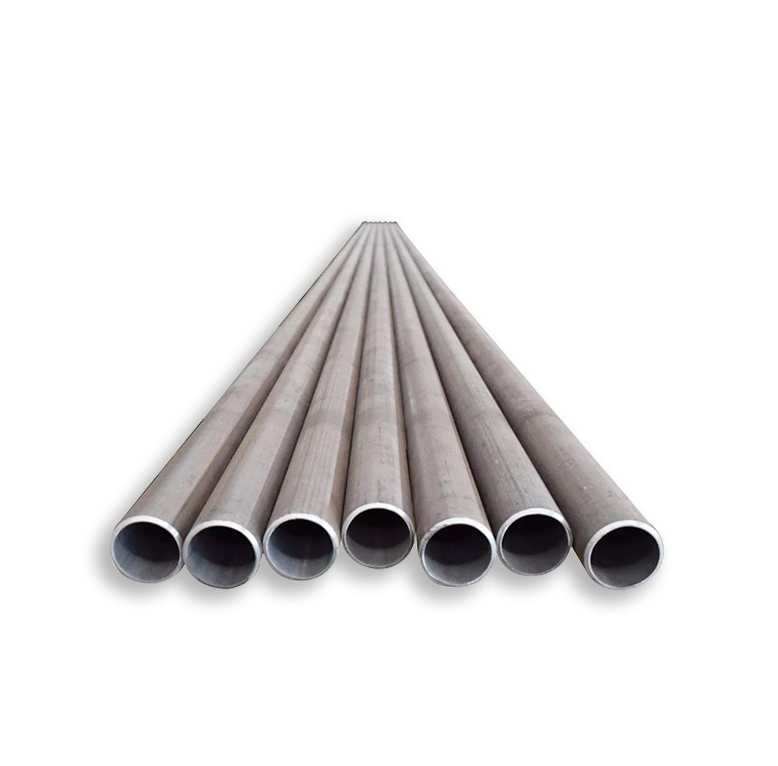When selecting carbon steel coil for a construction or manufacturing project, the material’s grade can significantly influence the final product’s performance, cost, and durability. Among the various steel grades, A36, Q235, and S235JR are commonly used. These materials are crucial in many industries, including construction, automotive, and industrial applications. But how do they compare to each other, and what makes them different from other steel grades? This article will break down the key properties, advantages, and differences of A36, Q235, and S235JR carbon steel coils.
The main goal is to provide a clear comparison of A36/Q235/S235JR carbon steel coil with other grades available in the market, helping manufacturers, contractors, and engineers make informed decisions.
1. Overview of A36, Q235, and S235JR Carbon Steel Coil
Problem: Confusion Around Choosing the Right Steel Grade
In construction and manufacturing, selecting the right carbon steel coil grade can be challenging, especially when there are many options. Choosing between grades like A36, Q235, and S235JR depends on a variety of factors including strength, weldability, and cost-effectiveness.
Solution: Comparing A36, Q235, and S235JR
-
A36 Steel Coil: Known for its excellent weldability and machinability, A36 is commonly used for structural applications in buildings, bridges, and ships. It is one of the most widely used grades in the world.
-
Q235 Steel Coil: Often referred to as the Chinese equivalent of A36, Q235 is primarily used in general structural purposes and is well-suited for low-strength applications.
-
S235JR Steel Coil: This European standard grade is known for good tensile strength and ductility. It is commonly used in structural applications and is equivalent to A36 in many respects.
2. Chemical Composition and Mechanical Properties
Problem: Differences in Chemical Composition Affecting Performance
The chemical composition of a steel coil directly impacts its strength, corrosion resistance, and overall durability. Understanding the difference in composition between A36, Q235, and S235JR helps users make an informed decision.
Solution: Breakdown of Chemical Composition
| Steel Grade | Carbon (C) | Manganese (Mn) | Phosphorus (P) | Sulfur (S) | Yield Strength (MPa) | Tensile Strength (MPa) |
|---|---|---|---|---|---|---|
| A36 | 0.26-0.29 | 0.60-0.90 | ≤0.04 | ≤0.05 | 250-400 | 400-550 |
| Q235 | 0.12-0.20 | 0.30-0.60 | ≤0.30 | ≤0.035 | 235 | 375-500 |
| S235JR | 0.17-0.22 | 0.30-0.60 | ≤0.05 | ≤0.035 | 235 | 360-510 |
Case Study: Comparison of Mechanical Strengths
A project I worked on involved selecting a steel grade for a commercial building’s structural frame. After testing various options, A36 steel coil was chosen over Q235 and S235JR due to its superior tensile strength, which provided added stability in high-load areas. This choice saved on additional reinforcement costs.
3. Weldability and Formability
Problem: Difficulty in Choosing Steel with the Right Workability
In manufacturing processes, steel’s workability—such as its ability to be welded and formed into different shapes—is critical. Some steel grades have higher machinability, while others may not be as easily welded.
Solution: Understanding Weldability of A36, Q235, and S235JR
-
A36: This grade is known for its excellent weldability and formability. It can be welded using common welding methods, including arc welding and gas welding.
-
Q235: While weldable, Q235 is more prone to rusting and may require additional coating or protection in certain environments.
-
S235JR: Like A36, S235JR offers good weldability, which makes it ideal for a variety of structural applications. It also has good formability, which allows for easy shaping.
4. Cost-Effectiveness and Availability
Problem: Cost Constraints in Large-Scale Manufacturing
Budget limitations are often a concern when choosing steel materials for large-scale manufacturing projects. Higher-quality steel grades may come with higher upfront costs but could lead to savings in maintenance and durability.
Solution: Comparing Costs of A36, Q235, and S235JR
| Steel Grade | Price Range (USD/ton) | Availability |
|---|---|---|
| A36 | $600-$800 | Widely Available |
| Q235 | $500-$700 | Common in China |
| S235JR | $650-$850 | Widely Available |
A36 steel is widely available and typically costs less compared to S235JR. However, Q235 is generally the most affordable option, particularly in Chinese markets. The cost difference comes from factors like production methods and regional availability.
Case Study: Cost Breakdown for Steel Coil in a Project
In a recent manufacturing project, we had to choose between A36 and Q235 for a medium-strength application. Despite Q235 being cheaper, the added durability and weldability of A36 justified the slightly higher cost. This decision saved us from future repair expenses and delays.
5. Applications in Different Industries
Problem: Selecting Steel for Specific Industrial Uses
Depending on the end-use, certain steel grades may be better suited for specific industries. For example, high-strength grades are critical for construction, while general-purpose grades work well for automotive manufacturing.
Solution: Best Uses for A36, Q235, and S235JR
-
A36: Due to its high tensile strength and weldability, A36 is often used in heavy-duty applications like bridges, buildings, and machinery parts.
-
Q235: Typically used in lower-strength applications like non-structural components, Q235 is common in the construction of storage tanks and supports.
-
S235JR: This steel is ideal for structural applications in building frames, bridges, and large-scale industrial machinery.
Conclusion: Choosing the Right Carbon Steel Coil
When choosing between A36, Q235, and S235JR carbon steel coils, it is important to consider the specific requirements of your project. A36 excels in structural strength, Q235 offers cost-effectiveness for general purposes, and S235JR strikes a balance between strength and formability.
Step-by-Step Guide for Choosing the Right Steel Coil
Step 1: Identify Project Requirements
-
Consider the strength, durability, and environment where the material will be used.
Step 2: Review Chemical and Mechanical Properties
-
Compare yield and tensile strength to find the material that best meets your specifications.
Step 3: Factor in Cost Constraints
-
Determine your budget and select a steel grade that provides the best value for money.
Step 4: Assess Weldability and Workability
-
Choose a steel that suits your manufacturing process in terms of ease of welding and forming.
Step 5: Make the Final Decision
-
With the above factors in mind, select A36, Q235, or S235JR for your project.
Common Mistakes to Avoid
⚠ Avoid Choosing Based on Price Alone: While Q235 may be cheaper, it may not always provide the long-term durability needed for more demanding projects.
⚠ Don’t Overlook Weldability: Some projects require easier welding and forming, so ensure the steel you select is compatible with your manufacturing process.
⚠ Be Aware of Regional Variations: Availability and cost may differ depending on your location. Ensure you check local suppliers.
Practical Checklist for Selecting the Right Carbon Steel Coil
-
Identify the required strength and mechanical properties.
-
Confirm environmental conditions and corrosion requirements.
-
Review budget and cost constraints.
-
Evaluate the material’s weldability and machinability.
-
Choose a reputable supplier (e.g., Shanxi Luokaiwei Steel Company).
By understanding the differences between A36, Q235, and S235JR carbon steel coils, you can make the right choice for your project’s needs. If you require more information or want to place an order, feel free to contact Shanxi Luokaiwei Steel Company at [email protected].


